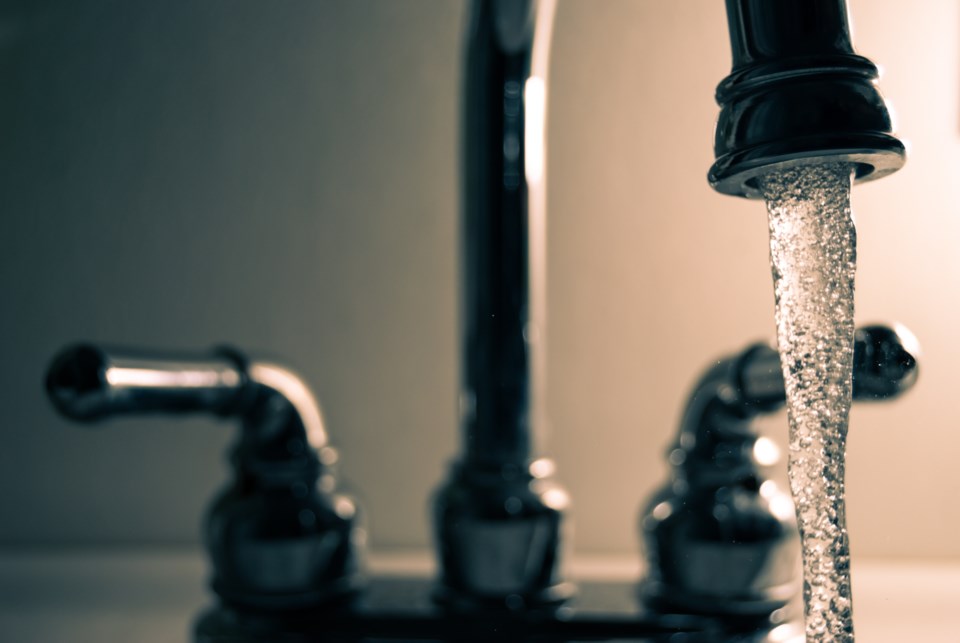Looking downstream, Barrie faces significant financial challenges maintaining and replacing its water infrastructure.
Councillors gave initial approval Monday night to the 2021 water asset management plan, which evaluates the condition of Barrie’s wells, storage towers and reservoirs, pumping stations, water mains, valves, hydrants and meters, along with the surface water treatment plant (SWTP), which altogether have a replacement value of $1.3 billion.
“Although we have a lot of new and middle-aged water assets now, we should prepare ourselves for the future as this large core of infrastructure built over the last couple of decades ages together and eventually requires replacement,” said Kelly Oakley, Barrie’s manager of corporate asset management.
“One of the values of asset management plans is that we can look ahead and plan for this,” she added.
The majority of Barrie’s water assets are in the distribution system, with a replacement value of approximately $960 million. The remainder of the water assets are supply, including the SWTP at $295 million, and storage at about $50 million.
The water network is anticipated to grow by approximately $251 million through developer contributions and city-contracted construction to $1.56 billion — in 2021 dollars — by the end of the 10-year planning period to 2031. This growth includes expansion and upgrade projects.
Most of the city’s water distribution infrastructure has more than half of its service life remaining. This is expected as much of it was constructed during the rapid growth that occurred from the 1980s through the 2000s.
But there are financial challenges during the next decade, which are not uncommon to Barrie’s infrastructure.
During that time, there is a $6.2-million annual gap between what the city is to spend on renewal, expansion, upgrade, operations and maintenance on water infrastructure, and what it should be spending.
“Under-investment could mean that more assets (water infrastructure) fail or they take longer to fix, making interruption of service an issue,” Oakley said. “And if funding continues at our current level, the infrastructure gaps will grow significantly in our future.
“However… the majority of our assets are in good to very good condition, and that means the city has time to plan for the future," she added.
The 2021 water asset management plan identifies needed funding levels; city council must decide upon the source of this funding — whether water/sewer rates, property taxes or development charges, which are fees the city charges developers for the recovery of growth-related capital expenditures, such as infrastructure.
There are also immediate challenges.
“Some of the infrastructure is so old that we don’t have an accurate record of when it was constructed,” Oakley said. “The city actually has some watermains that are over 100 years old, and they are prioritized for replacement in the capital plan.
“Eighty per cent of our water assets were built in the last three decades,” she said. “These assets won’t require significant repair or replacement for a number of years. But when they do need investment, it will be a lot, all at once.”
Despite these fiscal challenges, Barrie’s drinking water is safe and the service is reliable, according to city staff.
About 95 per cent of people and businesses have an adequate availability of water services, while 95 per cent of properties have an adequate availability of water flow for fire protection.
“As with most utilities — gas, electricity or water — people really only notice it when it’s gone,” said Mayor Jeff Lehman.
City council will consider final approval of the 2021 water asset management plan at its Oct. 25 meeting.



